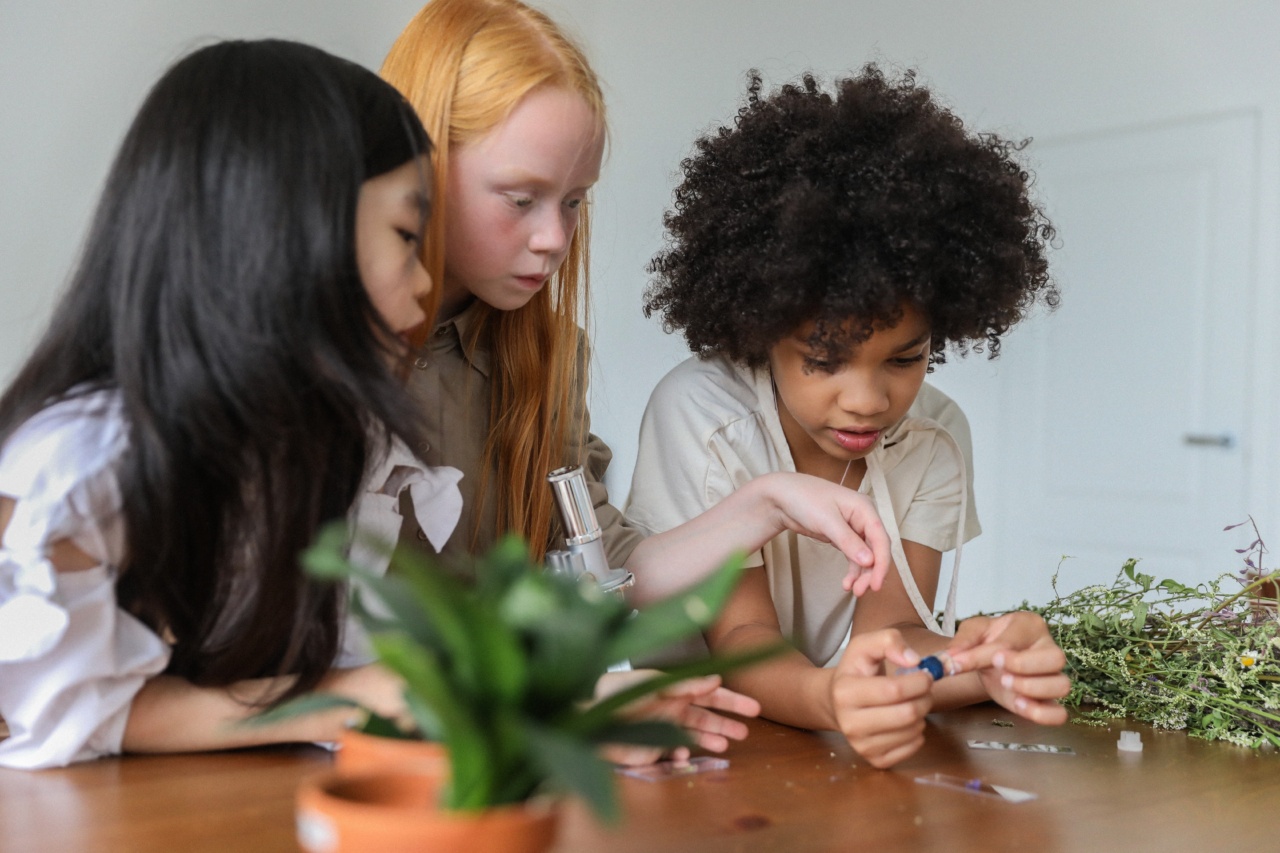Children are often hailed for their remarkable ability to have epiphanies, those sudden bursts of insights that propel them to new levels of understanding.
Whether it’s mastering a complex puzzle, solving a math problem, or comprehending the intricacies of a new language, these epiphanies seem to occur out of thin air, leaving parents and educators amazed at their child’s cognitive development. But what exactly causes these epiphanies in children? Are there scientific explanations behind these moments of illumination? Let’s explore some possible causes and delve into the science behind epiphany in children.
1. Neuroplasticity: A Key Factor in Epiphany
Neuroplasticity refers to the brain’s ability to reorganize itself by forming new neural connections. In children, the brain is especially flexible and receptive to change, making it more susceptible to epiphanies.
When they encounter a new problem or challenge, their brains automatically start connecting various pieces of information, searching for patterns and solutions. This process, fueled by neuroplasticity, often leads to sudden epiphanies.
2. Novelty and Cognitive Stimulation
Children have a natural inclination towards curiosity and exploration. Their young minds are constantly seeking novelty and cognitive stimulation, which can trigger epiphanies.
Introducing new ideas, puzzles, or challenges that require them to think differently can stimulate their cognitive processes and pave the way for moments of insight.
3. Aha! Moment Triggers
Research suggests that specific triggers can elicit epiphanies in children. These triggers can vary from person to person but often involve a combination of visual cues, environmental factors, and emotional states.
For example, some children may have an epiphany while playing with building blocks, as the spatial arrangement suddenly clicks in their minds. Others may experience epiphanies while reading a story, connecting the dots between different plotlines.
4. Sleep and Memory Consolidation
Sleep plays a crucial role in memory consolidation, the process by which newly acquired information is stored and integrated into long-term memory.
It is during sleep that the brain strengthens connections and forms associations between different pieces of knowledge. Many children report having epiphanies after a good night’s sleep, suggesting that the brain’s nocturnal activities contribute to these moments of sudden understanding.
5. Metacognition and Reflection
Metacognition refers to the ability to think about one’s own thinking processes. As children develop metacognitive skills, they become more aware of their own thoughts and can analyze their problem-solving strategies.
Engaging in reflection after encountering a challenging task or problem allows children to identify different approaches or alternative solutions, leading to potential epiphanies and further cognitive growth.
6. Zone of Proximal Development
The Zone of Proximal Development (ZPD) is a concept proposed by psychologist Lev Vygotsky, which describes the gap between a child’s current abilities and their potential abilities with proper guidance or scaffolding.
When children are presented with tasks or problems that lie within their ZPD, they are challenged but not overwhelmed. This sweet spot often leads to epiphanies as they bridge the gap between what they know and what they are capable of learning.
7. Social Interaction and Collaboration
Social interaction and collaboration play a vital role in the development of epiphanies in children. Sharing ideas, brainstorming, and discussing concepts with peers or adults can provide new perspectives and alternative ways of thinking.
Group activities that encourage collaboration and open discussions create an environment ripe for epiphanies to blossom.
8. Embracing Mistakes and Failure
Epiphanies often arise from moments of failure or making mistakes. Children who are encouraged to embrace and learn from their mistakes develop a growth mindset that allows them to persist and explore alternative approaches.
By viewing mistakes as opportunities for learning, they create fertile ground for epiphanies to occur.
9. Dopamine and Reward System
Dopamine, a neurotransmitter associated with motivation and reward, has been linked to moments of epiphany.
When children experience a breakthrough or solve a challenging problem, their brain releases dopamine, creating a sense of pleasure and fulfillment. This positive reinforcement strengthens neural pathways and motivates children to seek out new epiphanies in the future.
10. Personal Experience and Contextual Learning
Children’s personal experiences and the context in which they learn have a profound impact on the occurrence of epiphanies. When children can relate new information or concepts to their own experiences, epiphanies become more likely.
Providing real-life examples, hands-on activities, and meaningful connections enhances their understanding and opens the door for moments of sudden insight.
Conclusion
Epiphanies in children are remarkable events that showcase their growing cognitive abilities and problem-solving skills.
The science behind these moments of illumination involves various factors, including neuroplasticity, novelty, triggers, sleep, metacognition, the Zone of Proximal Development, social interaction, embracing mistakes, dopamine, and personal experiences. By understanding and harnessing these factors, parents and educators can create an environment conducive to fostering epiphanies and nurturing children’s intellectual growth.






























